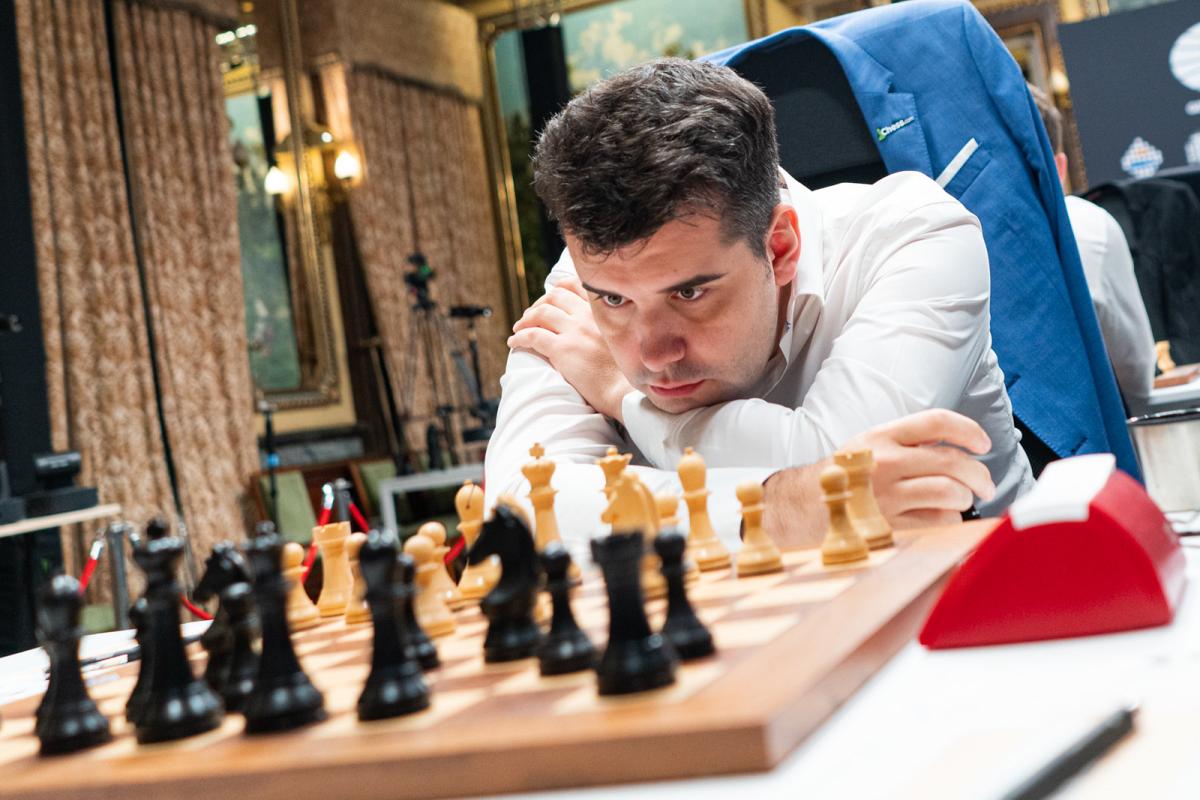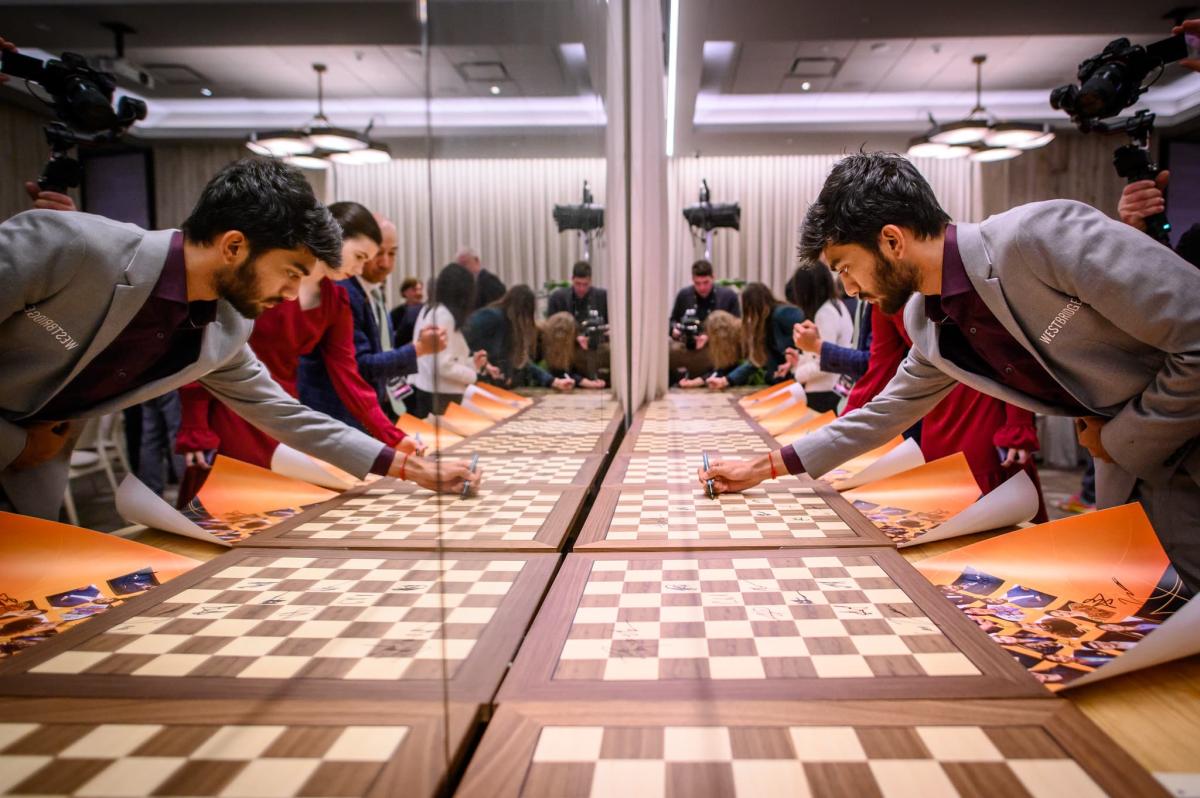Bishops are worth three points of material in chess, while rooks are worth a whopping five. Quantifying the difference in the pieces is an important gameplay skill. On the surface, it seems like both are long-range pieces with great potential, but there’s more to them than meets the eye. Understanding what makes rooks better than bishops will help you evaluate positions and potential sacrifices better.
Based on a quick glance, it may seem like rooks and bishops are very similar chess pieces. But this isn’t actually the case. Bishops can only cover one set of colors, so half of the board is always going to be inaccessible to them. This is a huge downside compared to rooks.
Rooks also always cover the same number of squares on an open board—seven vertically and seven horizontally—while bishops are significantly worse on the side or the corner of the board, making them even less flexible.
This is a big part of why rooks are able to deliver checkmate on their own (well, with the help of the friendly king) while bishops are incapable of doing so. This can also skew some endgame scenarios in the rook’s favor.
While the power of the bishop pair—both pieces working together in harmony to cover squares of both colors—can’t be underestimated and strong players generally consider bishops slightly stronger than knights unless the specifics of the board warrant otherwise, the piece with the pointy hat has nothing on the almighty tower, which can double as a super-strong offensive and defensive tool, often at the same time, and has a much better chance of winning a game of chess by itself.











Published: Nov 30, 2022 11:25 am